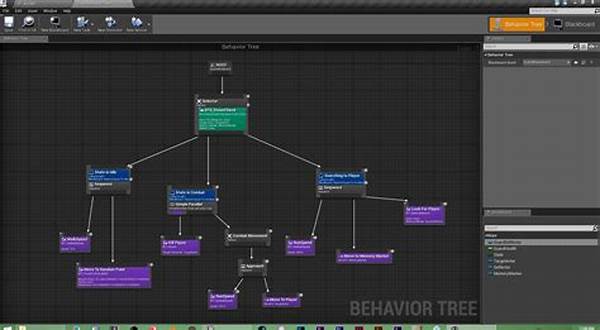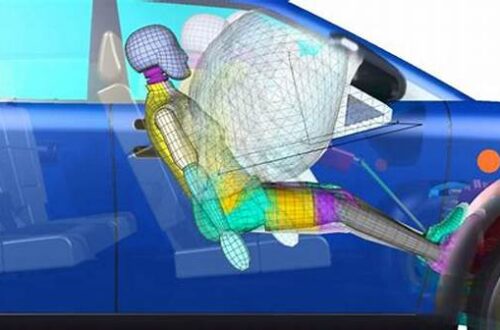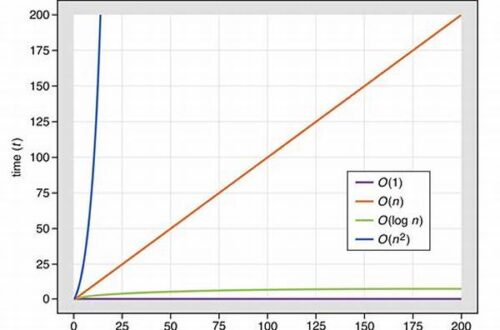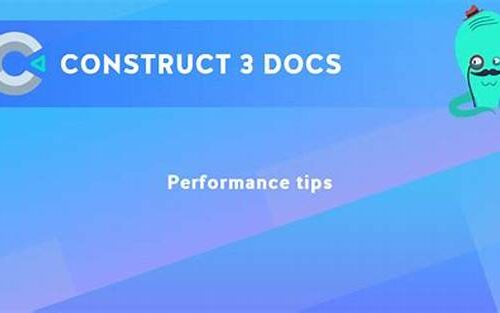Alright, fellow gaming enthusiasts, buckle up as we dive into the fascinating world of visual scripting for game creation. You’ve probably heard the buzz around this term, especially if you’re on your journey to becoming a game developer or just have a curiosity about how games come to life. Whether you’re a pro coder or someone who doesn’t know a lick of programming, visual scripting might just be the game-changer (pun totally intended) you didn’t know you needed.
Read Now : Storytelling In Game Builder-created Games
Demystifying Visual Scripting for Game Creation
So, what exactly is visual scripting for game creation? Imagine creating complex game mechanics and dynamics without typing out endless lines of code. Sounds like a dream, right? Well, with visual scripting, this dream becomes a tangible reality. It’s like putting together a jigsaw puzzle where each piece represents a function or action in your game. You drag and drop these pieces together, linking them like a flowchart, to create the magic players see on their screens.
The beauty of visual scripting for game creation lies in its accessibility. It empowers artists, designers, or anyone with a creative spark to bring their ideas to life without needing a degree in computer science. As you connect the nodes, which represent different game elements, you’re essentially weaving the narrative and mechanics of your game in real time. It’s all about making game development more intuitive and less intimidating. So, whether you’re crafting an epic adventure or a quirky indie game, visual scripting opens new horizons for creative expression and innovation in the gaming sphere.
Benefits of Visual Scripting for Game Creation
1. No Coding Experience Required: Visual scripting for game creation removes the barrier of needing to know programming languages, allowing more people to participate in game development.
2. Faster Prototyping: It’s a great way to quickly test ideas and mechanics before committing to more complex coding structures.
3. Collaborative Workflow: Artists and non-programmers can contribute more effectively, integrating their creativity into the game seamlessly.
4. Visual Debugging: Spot and fix issues graphically, making the troubleshooting process more intuitive.
5. Enhanced Creativity: With the technical barriers lowered, developers can focus more on creative storytelling and unique gameplay mechanics.
Visual Scripting Tools for Game Creation
When diving into visual scripting for game creation, knowing your tools is half the battle won. Popular engines like Unity and Unreal Engine have robust visual scripting capabilities that make them favorites among developers. Unity uses a system called Bolt, which allows you to construct game logic without writing code. It’s like digital Lego blocks – you create behavior graphs that control how your game reacts to player inputs.
Meanwhile, Unreal Engine’s Blueprint system offers similar functionality, letting creators manipulate objects and events easily. Both of these provide comprehensive documentation and community support, which means you’re never alone on your development quest. The addition of visual scripting to these platforms has drastically changed the game creation landscape, enabling a more inclusive environment for storytelling in games. Whether you’re building a spooky mystery or a light-hearted platformer, these tools are your second pair of hands.
Read Now : Creative Puzzle Making For Cognitive Enhancement
Breaking Down Visual Scripting for Game Creation
Let’s get down to the nitty-gritty of visual scripting for game creation. For beginners, visual scripting might feel like IKEA instructions – daunting yet necessary. With each node you connect on-screen, you’re defining how characters move, how environments change, and how stories unfold.
This modular approach not only accelerates development but also allows for quick adjustments. If a mechanic doesn’t work as intended, it’s as simple as tweaking a connection or swapping out a node. It’s like editing a film – cut, rearrange, and edit until it flows perfectly. For aspiring game developers, especially those who are visual learners, this method makes understanding game design and logic a lot less overwhelming and a whole lot more exciting.
The Impact of Visual Scripting on Game Development
It’s safe to say that visual scripting has revolutionized game creation in profound ways. By lowering the technical barriers, more people can whip up prototypes and fully-fledged games than ever before. This democratization has led to a surge in indie games that are experimental, diverse, and often groundbreaking in their creativity.
Moreover, visual scripting fosters better collaboration within teams. Designers, artists, and programmers can work more cohesively, with artists proposing interactions and dynamic elements without needing extensive coding support. This synergy enhances innovation, leading to richer, more interactive gaming experiences. Overall, visual scripting for game creation doesn’t just make development easier; it paves the way for a new wave of creativity and collaboration in the gaming industry.
Conclusion: Embracing Visual Scripting for Game Creation
In wrapping up, if you’ve ever dreamed of becoming a game developer or creating worlds where stories come alive, visual scripting for game creation might just be your ticket. It democratizes game development, allowing you to transform imaginative concepts into playable realities without getting bogged down by technical jargon.
Visual scripting adds an element of play to game creation itself – a testament to the idea that game development should be as enjoyable as gaming. As the gaming industry continues to evolve, so does the necessity for tools that make creation more accessible and inclusive. Whether you’re a seasoned developer or an ambitious newbie, the possibilities with visual scripting are as infinite as your imagination. So go on, give it a try. Who knows, your next big gaming idea might just be a few nodes away!





